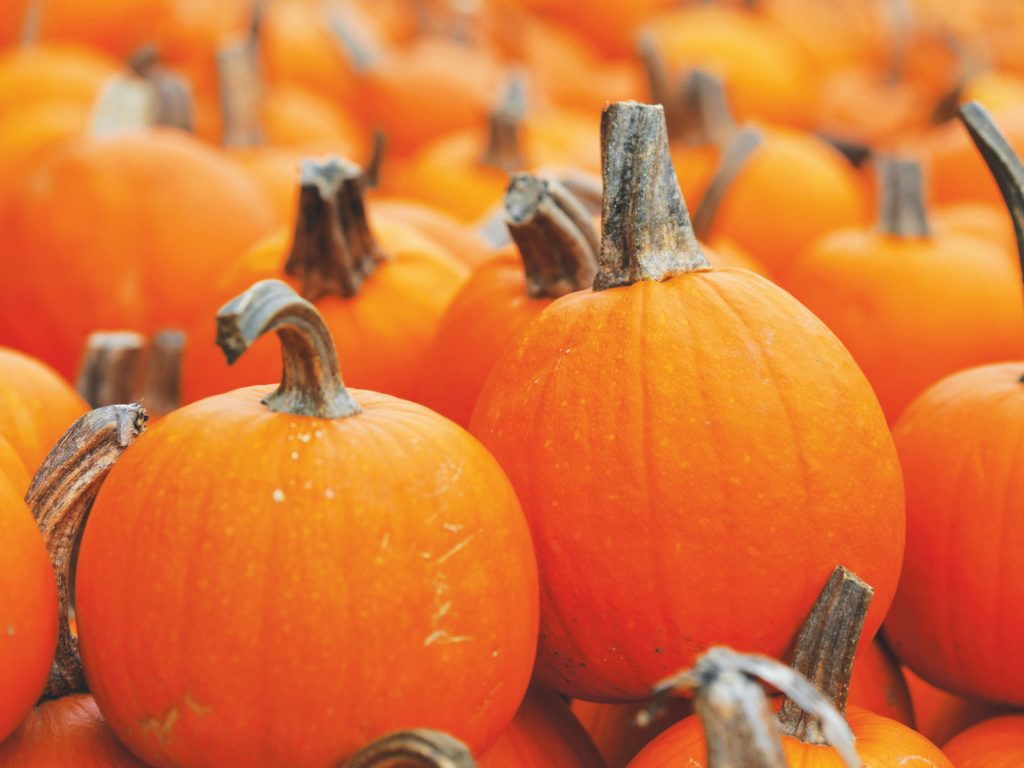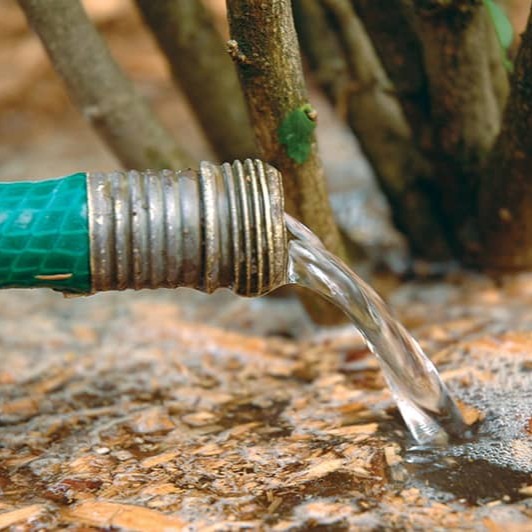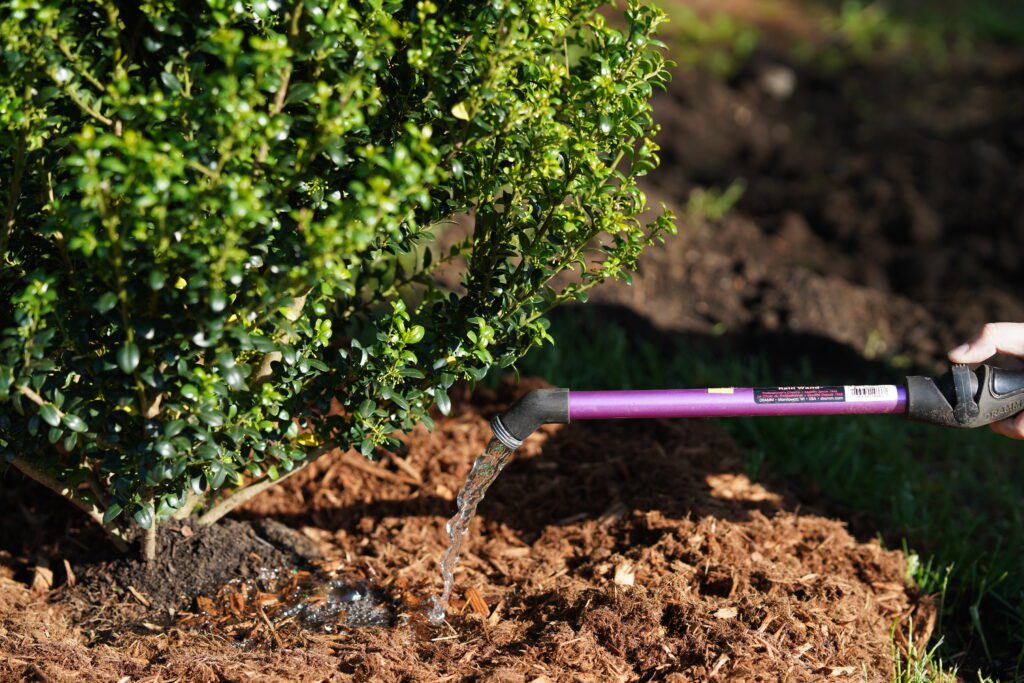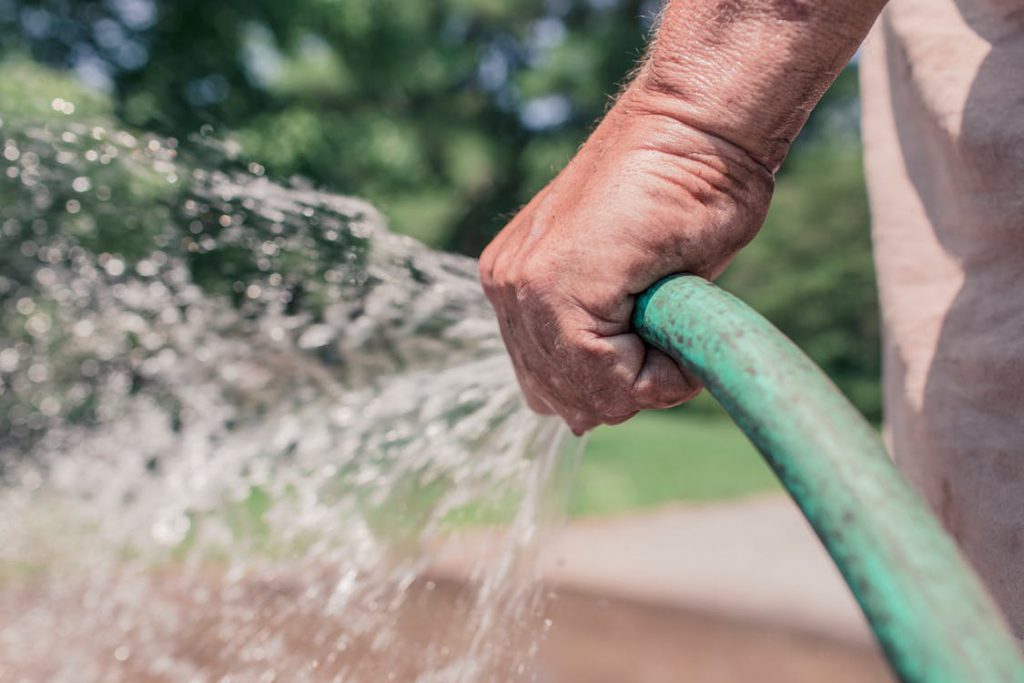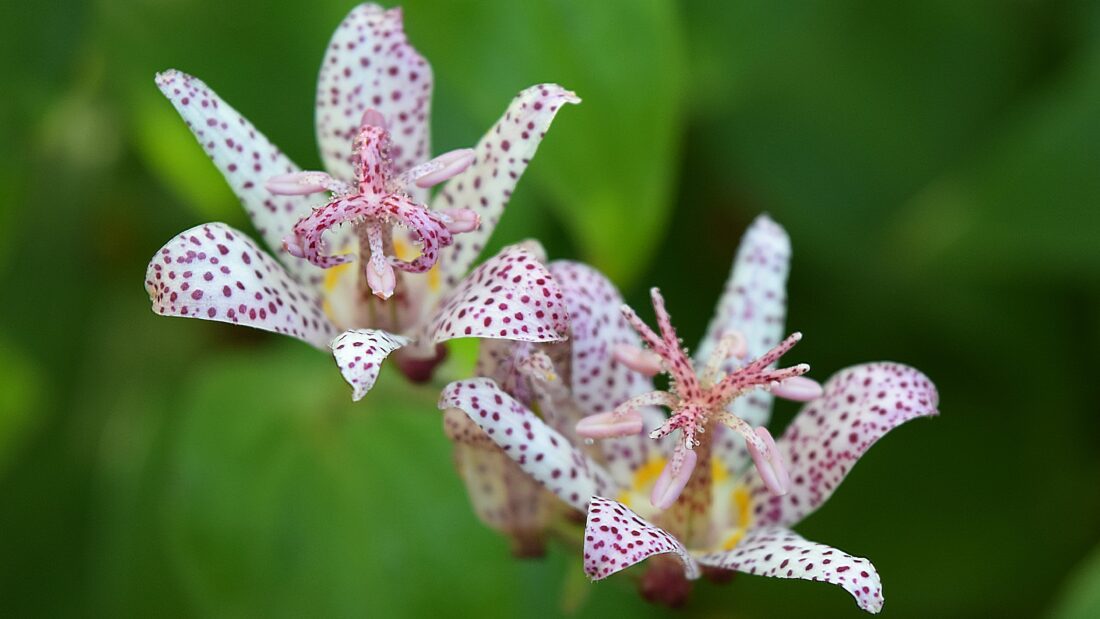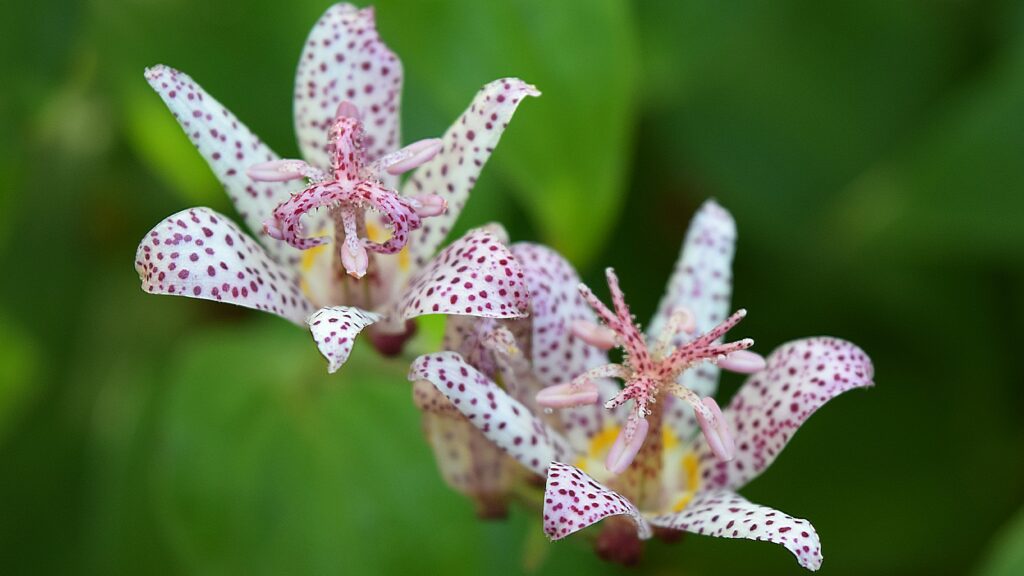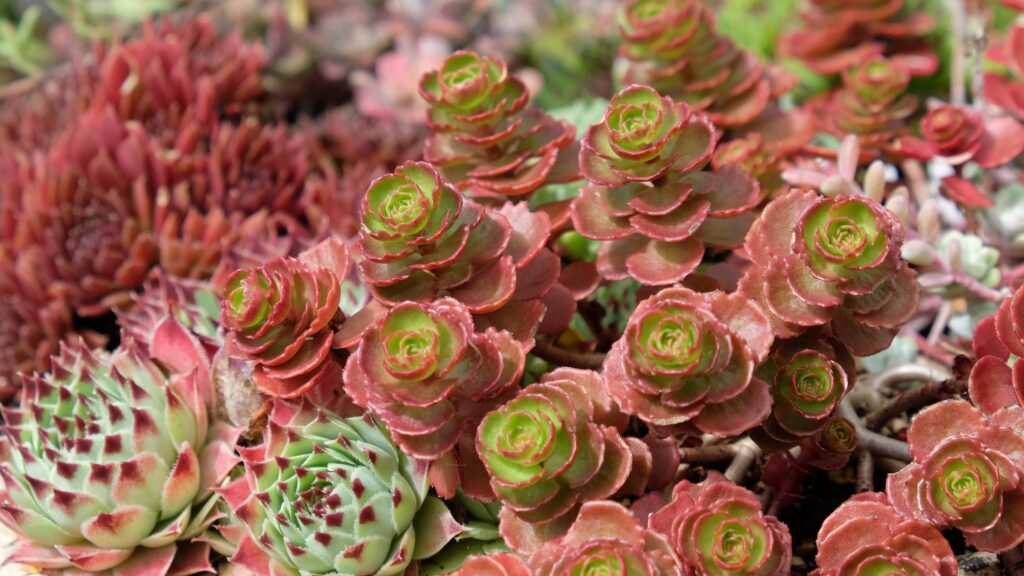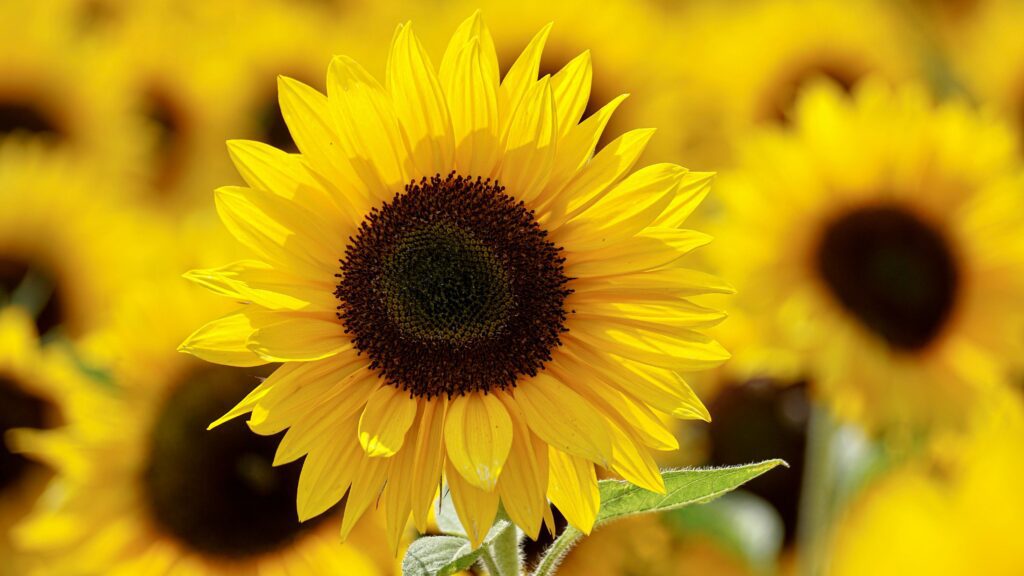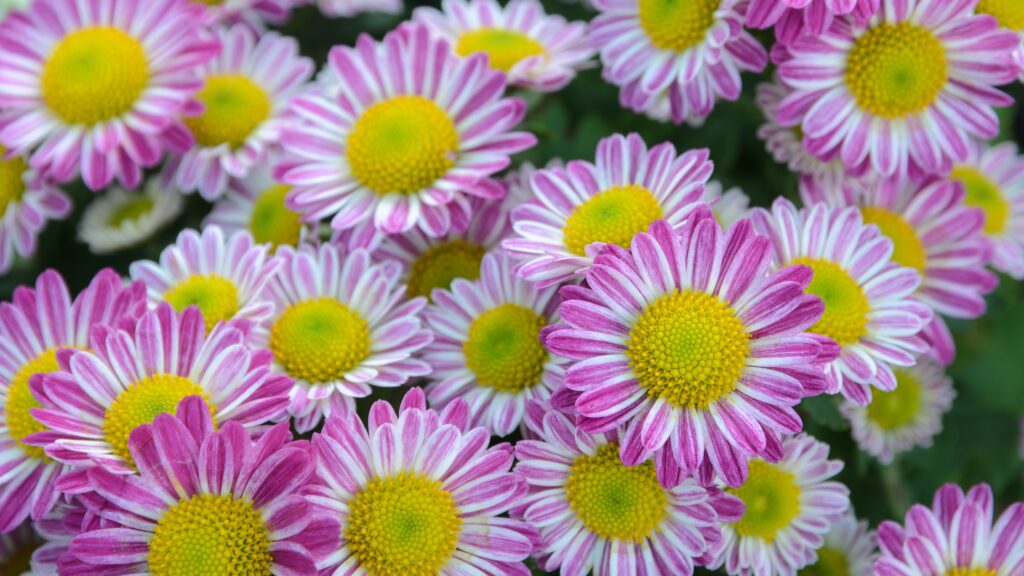Cyclamen Care: How to Keep Them Happy and Healthy
Cyclamen plants are a real treat for anyone who loves a pop of color during the cooler months. With their vibrant, butterfly-like flowers in shades of pink, red, white, and purple, they can really brighten up a room or garden when most other plants are going dormant. Plus, their unique heart-shaped leaves with silvery patterns add extra charm. But despite their delicate appearance, cyclamen are tougher than they look—as long as you know a few key care tips!
What is Cyclamen?
Cyclamen is a genus of plants that come from Mediterranean regions, meaning they love cool weather and have adapted to survive through hot summers. The most commonly grown type is Cyclamen persicum, which is what you’ll usually find in garden centers, especially around fall and winter.
These beauties are known for their unusual growth habits: they’re actually dormant in summer and start perking up when temperatures drop. So if you notice your cyclamen fading in late spring, don’t worry—it’s just going to sleep for a bit!
How to Care for Your Cyclamen
Here’s everything you need to know to keep your cyclamen thriving:
1. Light
Cyclamen love bright, indirect light. If you’re growing them indoors, place them near a window where they can get plenty of light but avoid direct sunlight, which can scorch the leaves. In a garden, they do well in partial shade. Think of their natural habitat—they’re used to growing in the dappled light under trees, so try to mimic that.
2. Temperature
This is one of the most important aspects of cyclamen care. These plants prefer cooler temperatures, ideally between 50°F and 65°F (10°C to 18°C). They don’t do well in hot environments, so keep them away from heating vents, radiators, or direct sun during hot spells. If your home is warmer, try moving them to a cooler room, like a porch or an unheated hallway, especially at night.
3. Watering
Cyclamen are a little picky about water, but once you get the hang of it, it’s easy! The best way to water is from the bottom. Place the pot in a shallow dish of water and let the plant soak for about 20-30 minutes. This method helps prevent water from sitting on the tuber (the swollen root structure) and leaves, which can lead to rot.
Water when the soil feels dry to the touch, but be careful not to let it dry out completely. During their active growing period (fall to spring), they’ll need more water. In summer, when they’re dormant, ease off the watering—just give them a little sip occasionally.
4. Humidity
Cyclamen like a bit of humidity, but not too much. If the air in your home is very dry, especially in winter, place a shallow dish of water nearby to create some humidity. You can also mist the air around the plant, but avoid misting directly onto the plant itself, as wet leaves can invite disease.
5. Fertilizer
During the growing season (fall to spring), feeding your cyclamen every 2-3 weeks with a balanced liquid fertilizer will keep them healthy and encourage more blooms. Just be sure to dilute the fertilizer to half the strength recommended on the package to avoid overfeeding.
6. Repotting and Dormancy
Cyclamen grow from tubers, which swell over time. If you notice your plant is getting crowded in its pot, it’s time to repot—ideally in the fall, just before the growing season kicks off. Use a well-draining potting mix to help prevent root rot, and make sure the tuber sits just above the soil surface.
As for dormancy, don’t panic if your cyclamen starts to look a little sad in late spring! It’s perfectly normal for the plant to go into a resting phase during the warmer months. The leaves will yellow and die back, but the tuber will still be alive. At this point, stop fertilizing and reduce watering. You can even move the plant to a cool, dark spot. Once fall rolls around again, new leaves will start to grow, and you can resume regular care.

Common Cyclamen Problems (And How to Fix Them)
Like any plant, cyclamen can run into a few issues, but most are easy to fix:
- Yellowing leaves: This is often a sign of overwatering or that the plant is too warm. Make sure you’re letting the soil dry out between waterings and move the plant to a cooler spot.
- No flowers: Cyclamen need cool temperatures to bloom. If you’re not seeing any flowers, try moving it to a cooler location and check if it’s getting enough indirect light.
- Drooping leaves and flowers: If the plant is wilting, it could be thirsty. Check the soil, and if it’s dry, give it a good soak from the bottom.
Bonus Tip: Keeping Cyclamen Year After Year
Cyclamen are often treated as temporary plants, but with the right care, you can enjoy them year after year! After they finish blooming and go dormant in the summer, resist the urge to toss them. Just follow the dormancy care tips above, and your cyclamen will reward you with another round of beautiful blooms when the weather cools down again.

With a little attention to their unique needs, cyclamen plants are not only beautiful but also relatively easy to care for. Just remember: cool temperatures, bright indirect light, and a balanced watering routine are key to keeping your cyclamen happy. Come into any of our 7 locations and pick up one for yourself! Happy gardening! 🌸

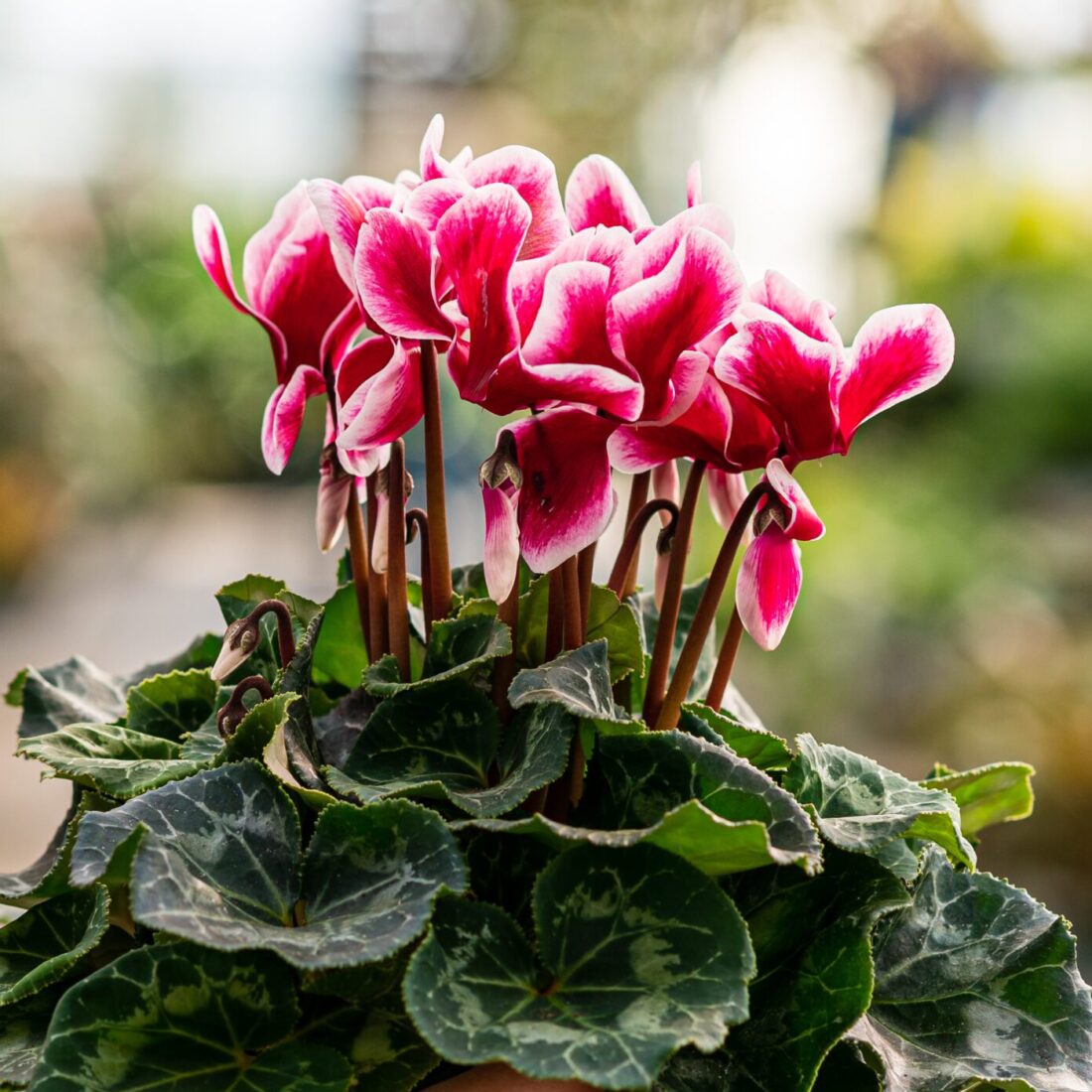

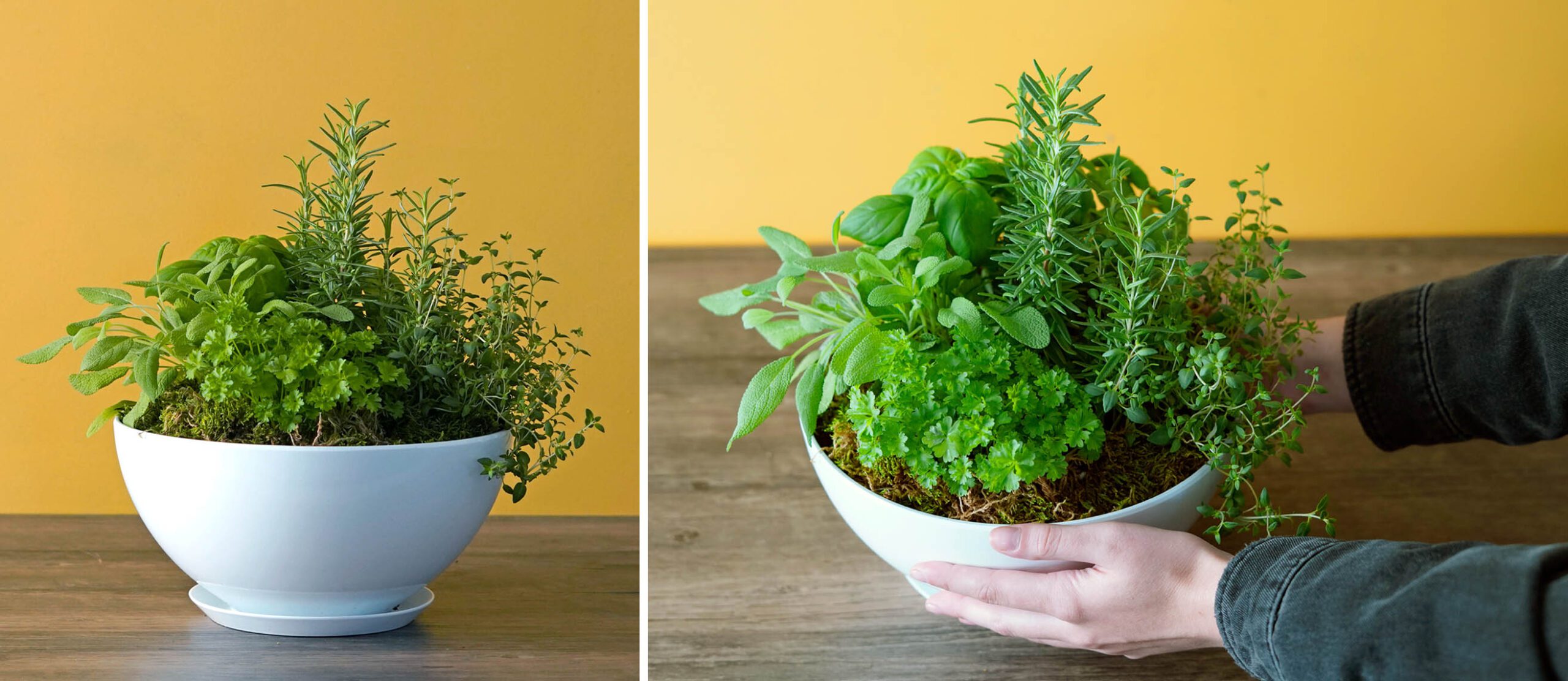

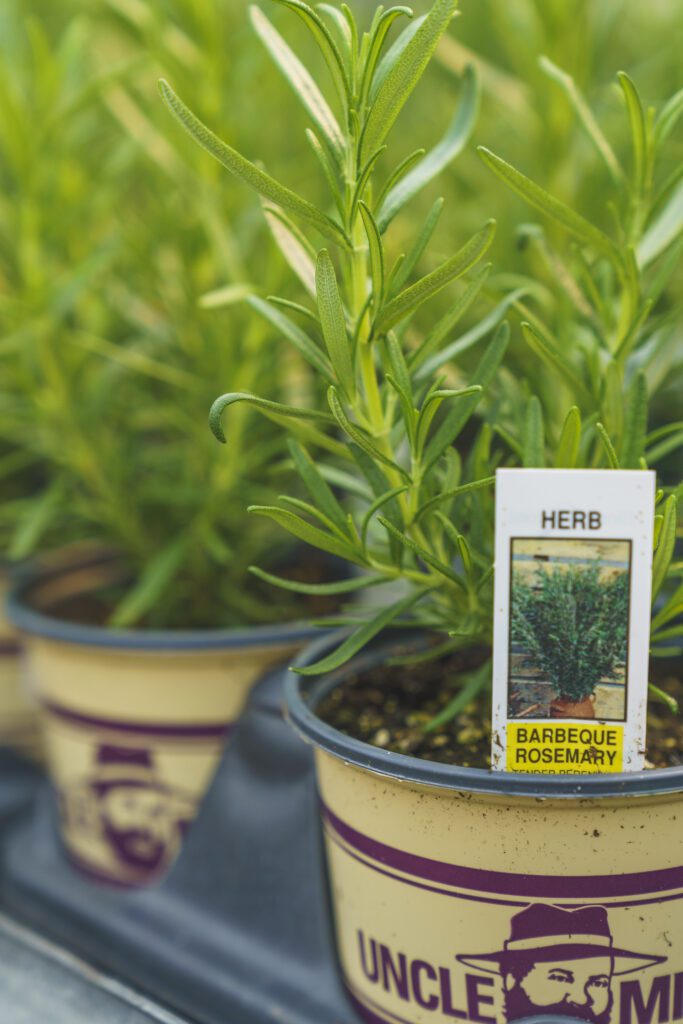 5. Harvest Regularly
5. Harvest Regularly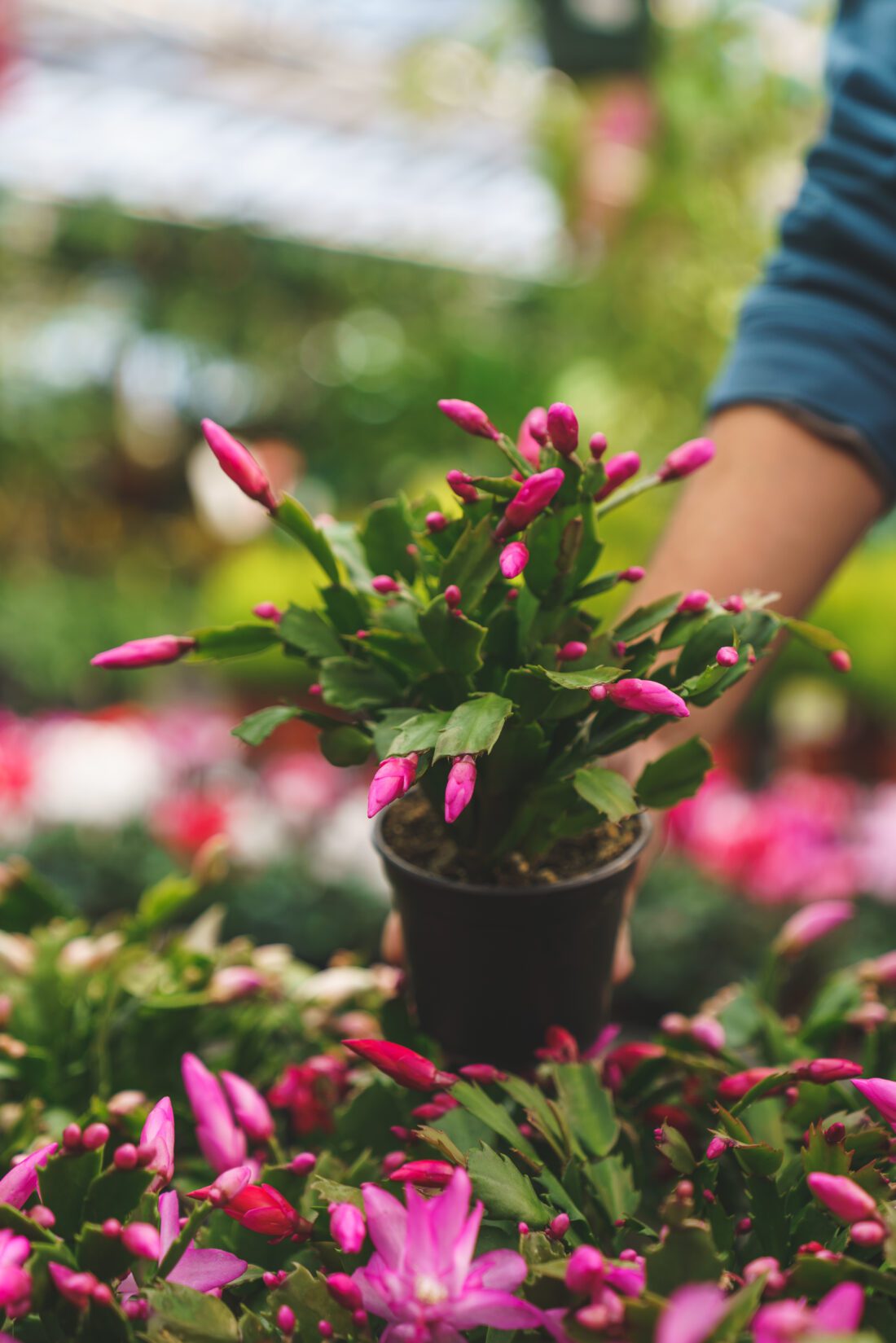
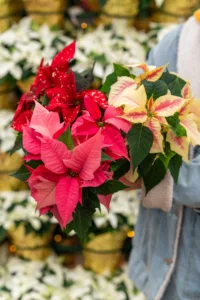
 Christmas Cactus: The Blooming Winter Wonder
Christmas Cactus: The Blooming Winter Wonder Norfolk Island Pine: A Mini Christmas Tree
Norfolk Island Pine: A Mini Christmas Tree Cyclamen: The Winter Bloomer
Cyclamen: The Winter Bloomer Lemon Cypress: The Festive, Fragrant Evergreen
Lemon Cypress: The Festive, Fragrant Evergreen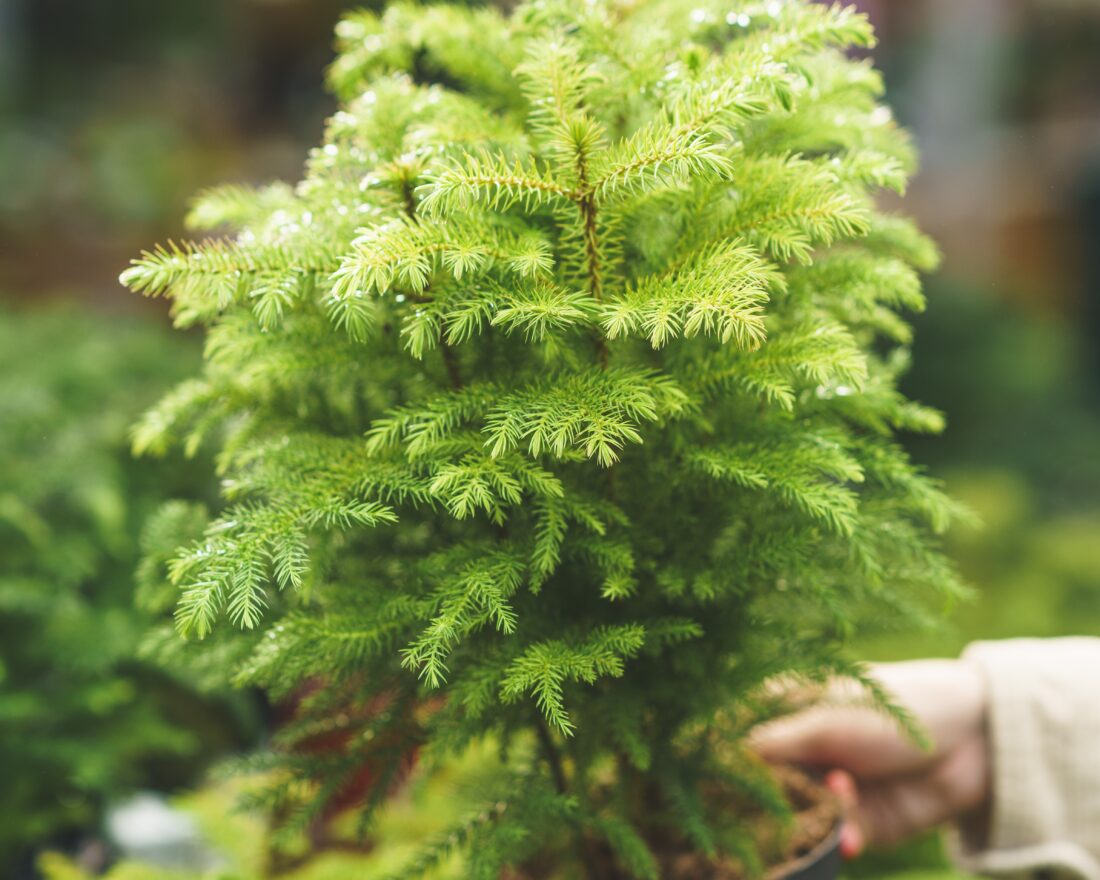

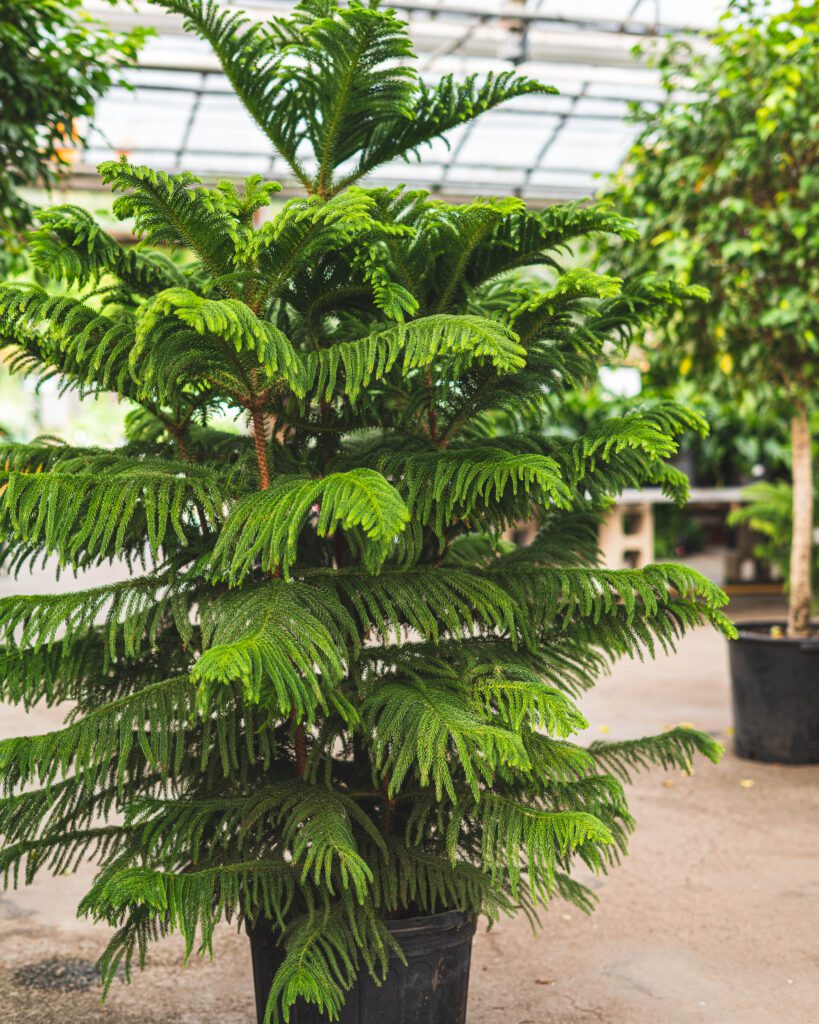 Humidity: Keep It Moist
Humidity: Keep It Moist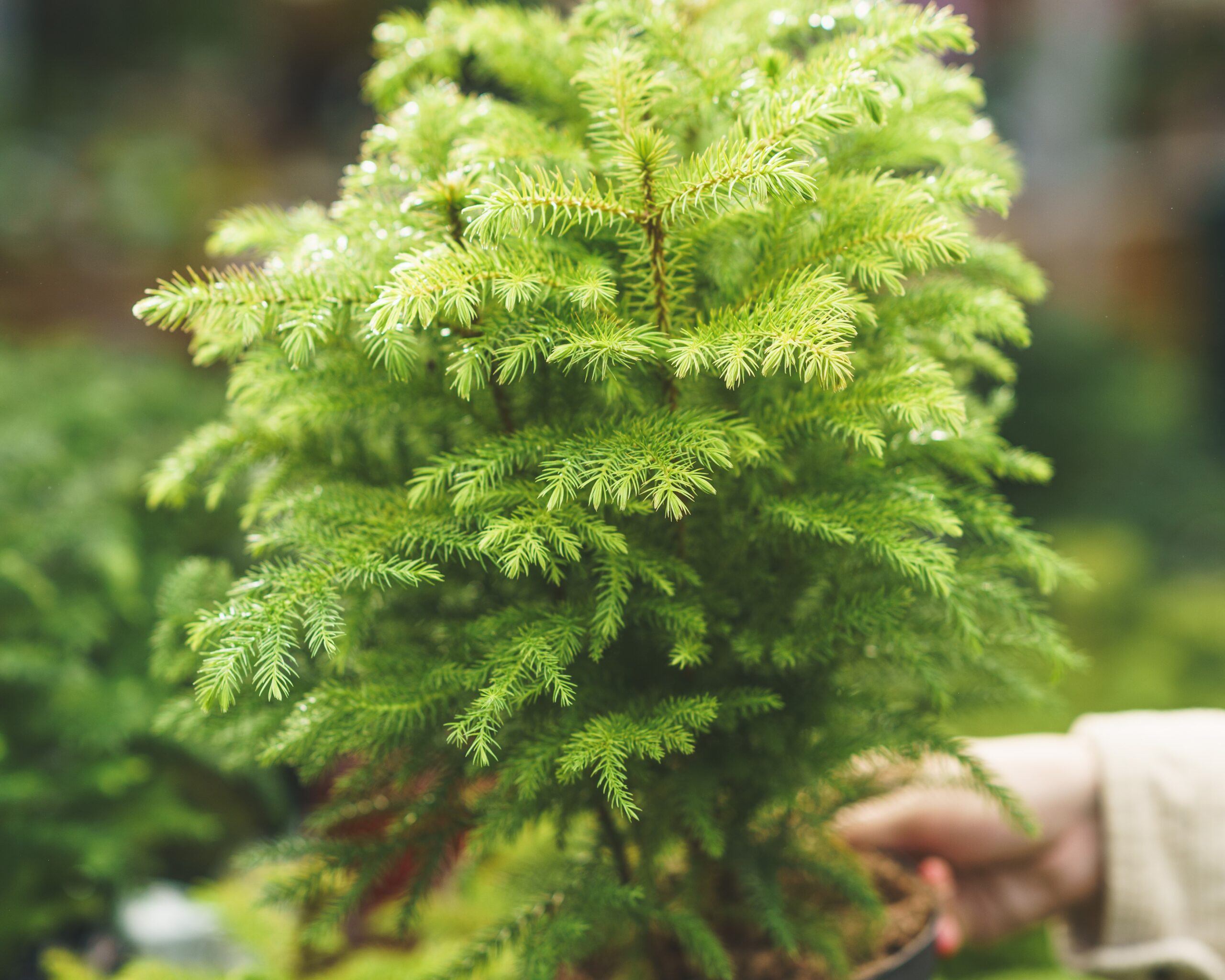


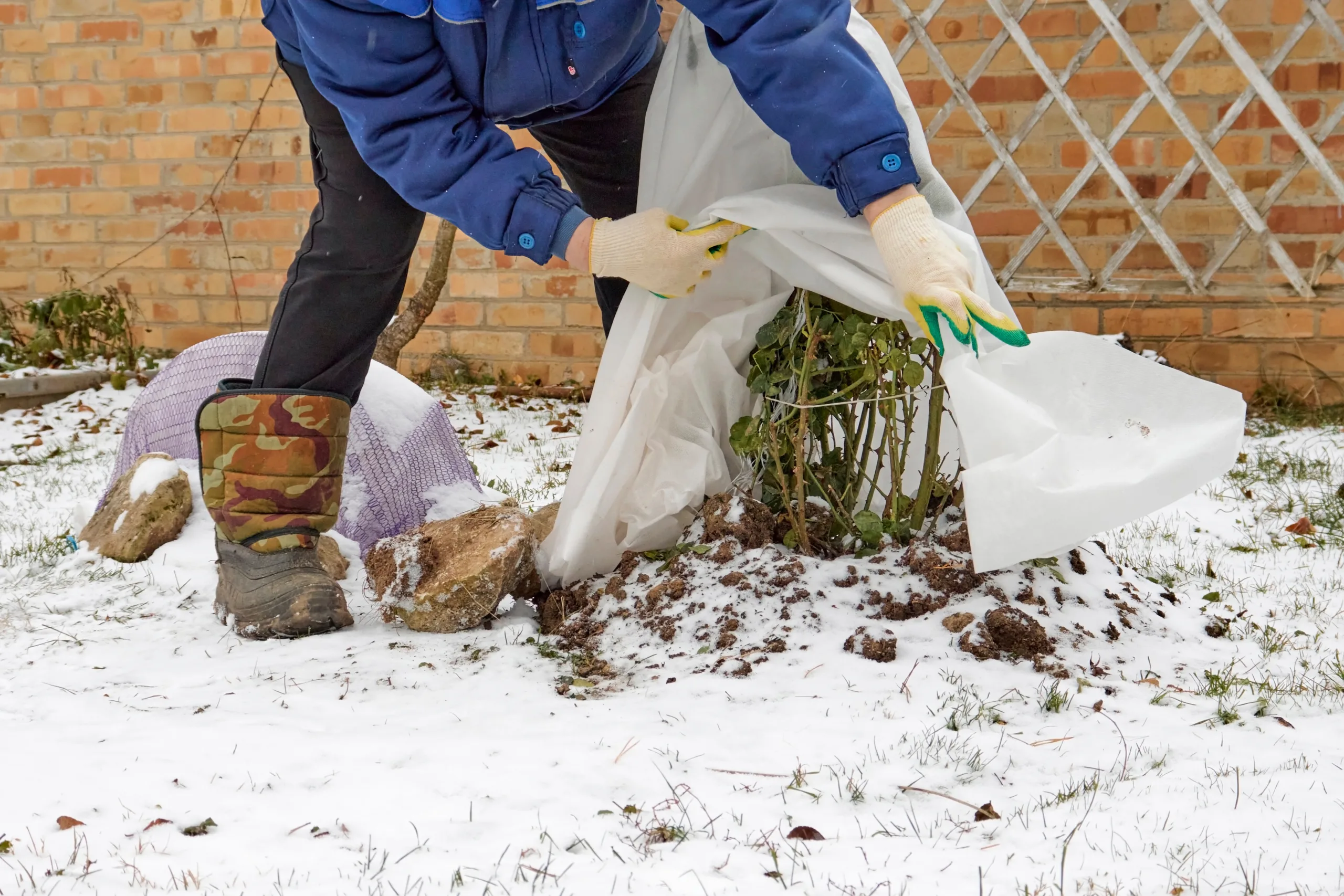
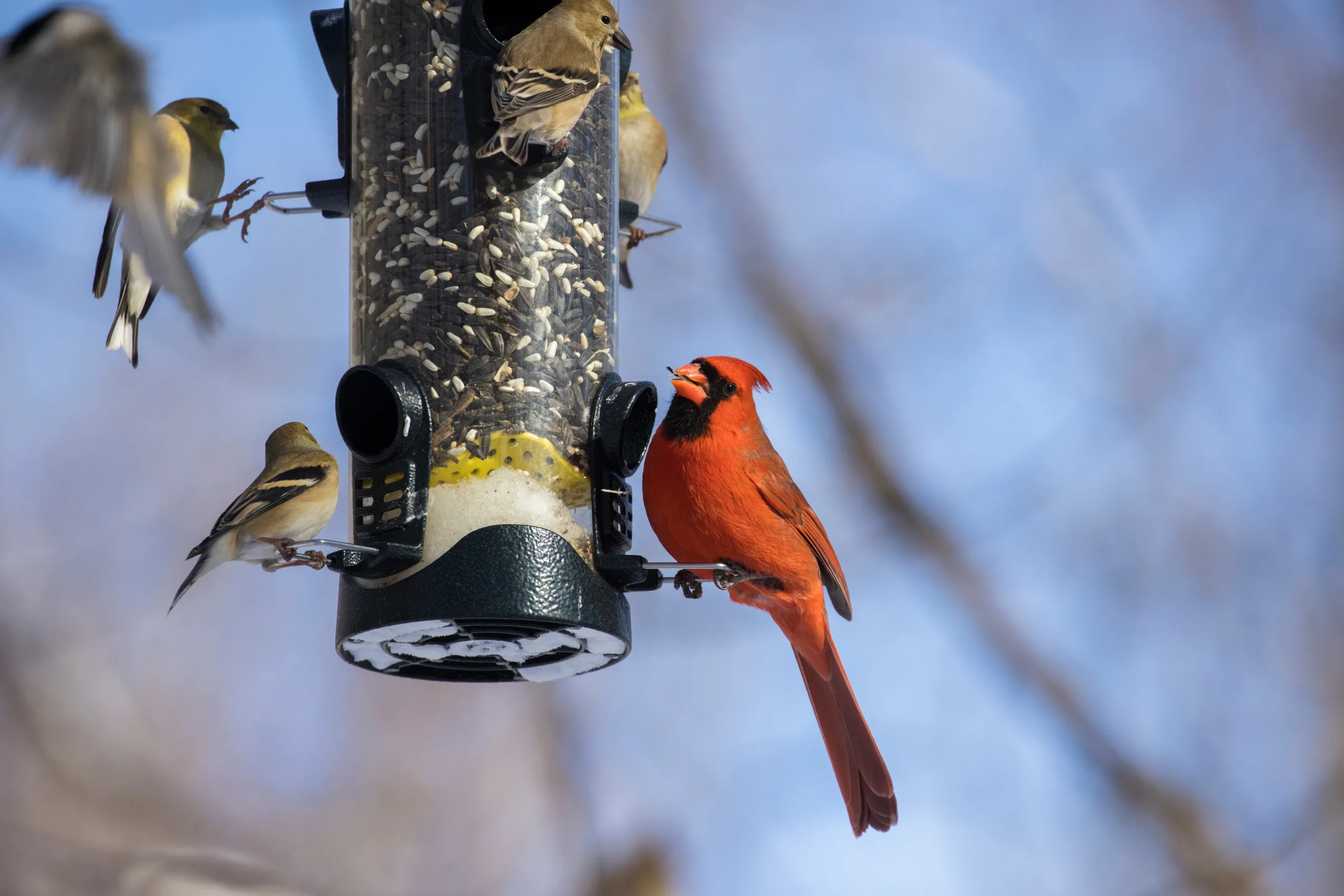

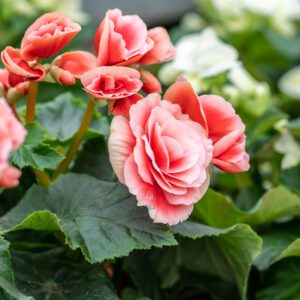

 4. African Violets
4. African Violets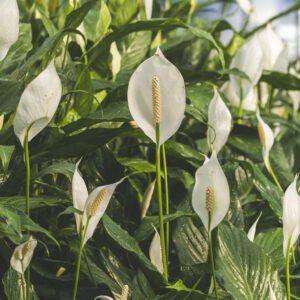 5.
5. 




